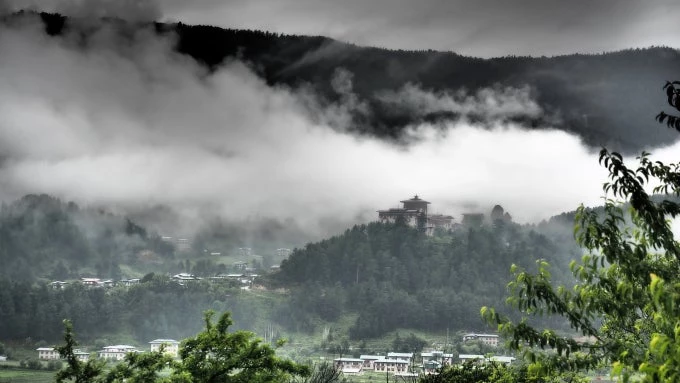
Bhutan is one of the smallest, but fastest-growing economies in the world. Its annual economic growth of 7.5 percent on average between 2006 and 2015, placed the country 13th of 118 countries, compared to the average global growth rate of 4.4 percent.
This growth has been shared by a majority of Bhutanese, with extreme poverty dropping from 25 percent in 2003 to 2 percent in 2012 , based on the international poverty line of $1.90 a day (at purchasing power parity). This is among the rate in South Asia and compares favourably to the regional poverty rate of 19 percent. Equally impressive improvements were made in access to basic services such as health, education and asset ownership.
The recent developments on strong lending growth, inflation, exchange rates and international reserves show that Bhutan maintains a solid and stable growth in the first half of 2017. Gross international reserves have been increasing since 2012, when the country experienced an Indian rupee shortage. Reserves exceed $1 billion, equivalent to 10 months of imports of goods and services in mid-2017 which makes the country more resilient to potential shocks. This is also very much in line with the requirement spelled in the 2008 Constitution which outlines minimum reserve requirements. The Bhutanese ngultrum, pegged to the Indian rupee, have been stable or slightly appreciating against the U.S. dollar.
Despite recent solid growth and macroeconomic stability, we need to carefully monitor its Development. According to the latest Bhutan Economic Update, the hydropower construction and the implementation of the 2016 Economic Development Policy are expected to support this solid growth during the next few years. However, with confirmed delays in the completion of two hydropower projects, the contribution of the hydropower sector to growth will be lower than the originally projected. Therefore, the World Bank revised down its growth forecasts in 2019/20 by a few percentage points to 7.6 percent, still among the fastest in the world.
The government budget is facing a resource gap with the increasing expenditures and delays in the revenue from hydropower projects. Unless financing sources are identified and secured, resource gaps will lead to cuts in expenditures, which will negatively affect growth and development. India accounts for 80-90 percent of Bhutan’s international trade. So far, anecdotal evidences show that the introduction of India’s goods and services tax (GST) has caused disruptions in trade between the two countries owing mainly due to unclear trade regulations.
Bhutan is also vulnerable to natural disasters such as recent floods and landslides. Adverse weather also negatively affects the economy through reduced electricity generation from existing hydropower plants. How can Bhutan become even more resilient to downside risks to growth and natural disasters?


Join the Conversation